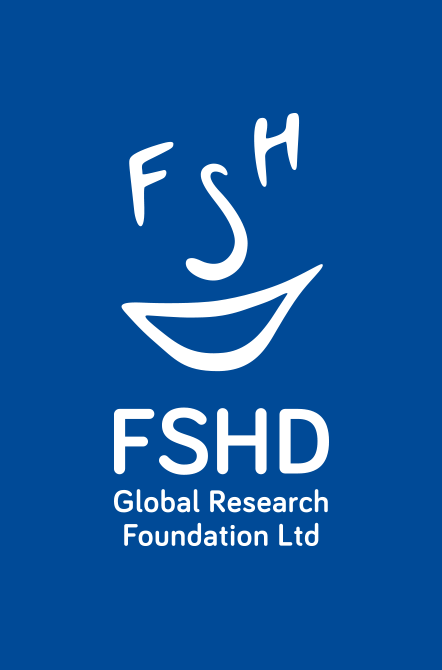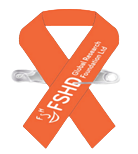GRANT 4
Research Institution: Tulane Medical School, New Orleans, USA
Principle Investigator: Prof Melanie Ehrlich
Type: International
Project title: “Comparing the DnaselHypersensitive Chromatin Landscape at 4q35 of FSHD and Control Cells”
Status: Completed
Summary
Of the 23 different human chromosomes in each cell, we know that chromosome 4 is the most important for the genetic disease called facioscapulohumeral muscular dystrophy (FSHD). Nonetheless, there is still no consensus among scientists in the field of FSHD about which gene in chromosome 4 is abnormally expressed so as to initiate the disease. FSHD patients have an abnormally short, disease-causing array of tandem DNA repeats (D4Z4) at one end of this chromosome. We and others consider it very likely that the FSHD-causing gene is within the 4 million base-pairs of this end of chromosome 4, a region that is about 2% of the length of this chromosome. The FSHD gene is also likely to be located at least 80,000 base-pairs from a short, disease-linked D4Z4 array. Complicating matters, there are very few known genes in the entire 4 million base-pair region around D4Z4. Conventional methods to look for an FSHD gene in this region, including in D4Z4 itself, have yielded only controversial conclusions. Therefore, we used new state-of-the-art methods to discover genes and gene-regulatory DNA sequences that might be involved in the disease by identifying special chromosomal sites called DNaseI-hypersensitive sites. These sites are atypical because they have highly exposed DNA that can get cleaved by the enzyme DNaseI due to the lack of shielding by the usual chromosomal proteins. We tracked these sites on microchips (DNase-chip) and by massive, rapid DNA sequencing of all the human chromosomes (DNase-seq). Application of these techniques to biopsy-derived muscle cells from patients and unaffected individuals revealed a new candidate DNA subregion for FSHD that may interact with short D4Z4 arrays at chromosome 4 to cause the disease.
Planned experiments involving this special DNA site and other DNaseI-hypersensitive sites may lead to the identification of the FSHD gene itself and to downstream genes involved in the disease. In addition, we discovered many new regulatory sequences on other chromosomes that are likely to be involved in the repair of muscle in unaffected individuals and in patients. We also identified some poorly understood genes whose role in muscle formation was not previously known. This first in-depth analysis of the chromosome structure of all the chromosomes in muscle cells should provide new targets for treating FSHD, a painful and crippling disease for which there is currently no effective treatment, and for understanding normal and abnormal muscle formation at the gene level.




